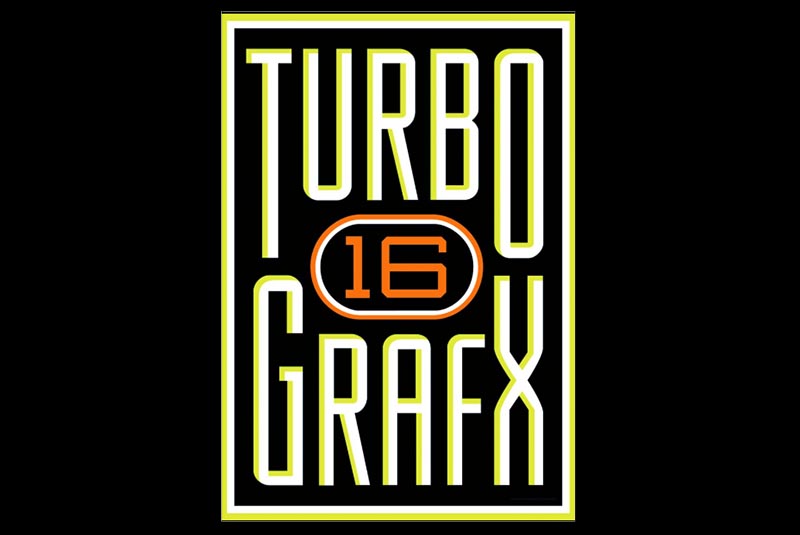
Although I haven’t finished my Sega Saturn series, I recently busied myself with another great system that I’d like to talk about a bit, which will probably become a series of its own some time in the future. In my opinion, the PC-Engine, or TurboGrafx-16 is a rather underrated system, shown by the lack of third-party developers and well known IPs for the system. I don’t think this system gets enough respect, which is why I want to put my own thoughts regarding the system out there.

The PC-Engine, or TurboGrafx-16 as it is called in the United States, was the first 16 bit console, and with that, kicked off the 16 bit era of video game consoles. That alone should have been reason enough for a great deal of recognition, but apparently it was not enough--at least not for the US and EU market.
It also eventually became the first 16 bit console with a CD add-on, even before Sega CD for the Sega Genesis/Mega Drive. Later, rather than offer the CD add-on, the CD drive and the console were combined in one system known as the PC-Engine Duo/TurboDuo. Once again, my opinion is that the CD add-on and later built-in CD presents another good reason why the system should have been better known. More content and CD-quality music for 16 bit console games, so what’s not to like about this?
Still, it is, in my opinion, one of the most underrated consoles in the US and EU, although its performance in the EU market is understandable, considering it was never officially released in the EU. The war continued between Nintendo and Sega while NEC’s PC-Engine/TurboGrafx got lost on the battlefield, which is a shame, because the console is quite capable and has a lot of good titles.
Hardware
The system’s CPU is an 8 bit Hudson Soft HuC6280 processor with the ability to switch between 1.79 MHz and 7.16 MHz. Compared to the 16 bit processor used in the SNES with 3.58 MHz, this is probably the weak-point of the PC-Engine console, but it was still quite capable. Since it used a 16 bit graphics chip, it was known as the first 16 bit console.
The console offered a maximum resolution of 565x242 pixels and a vertical resolution of 484 pixels with an interlaced mode, while most games were still using 256x239 as a resolution. In comparison, the SNES had a resolution between 256x224 and 512x448, with most games running at 256x224 pixels, so the PC-Engine had a slightly higher resolution in most cases than the SNES. Still, the colors were limited to 512 (9 bit) compared to the SNES with 15 bit (32,768 colors). When it comes to graphics capabilities, the PC-Engine is probably closer to the Sega Genesis/Mega Drive than to the SNES, and actually exceeds the Genesis in some areas, but in most instances the SNES is most likely better. The PC-Engine system was originally designed to compete with the NES and Famicom but in the end competed with SNES and Genesis.
The audio hardware was built into the CPU rather than having a separate chip like on the Genesis and SNES. It had 6 channels each, with a depth of 5 bits, but you could combine two channels to play back 8 bit, 9 bit, or 10 bit samples. With the addition of the CD-ROM add-on, it also added CD-DA sound and a single ADPCM channel to the existing sound capabilities of the PC-Engine. The memory of the PC-Engine was limited, with 8K of working RAM and 64K of video RAM. The latter is fairly normal throughout most consoles in the 16 bit era, but the amount of working RAM is rather small.
The CD add-on brought its own 64K DRAM. With the System Card v3.00 the system got another 192 K of SRAM to work with. Later, the PC-Engine Duo (TurboDuo in the US) had a single 256K SRAM chip, which meant the a great increase in system performance.
HuCards
The PC-Engine didn’t use cartridges like the SNES or Genesis, but rather something called HuCards as their storage medium for games. HuCards were small cards, similar in size but a little thicker than a credit card, which are placed in a slot on the front of the machine and locked in place when you manipulate the power switch.
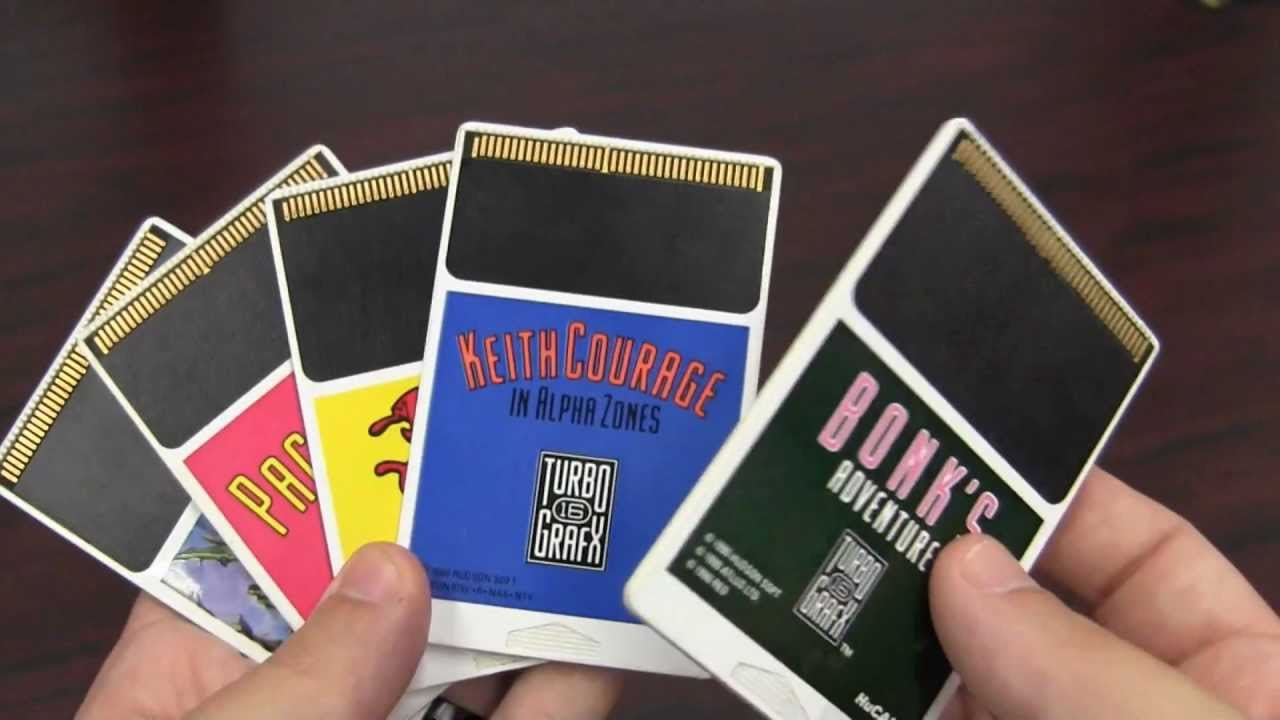
These HuCards (also called Turbo Chips) are similar to the “My Cards” (also called Sega Card) used in the Sega SG-1000/3000 and Sega Mark III/Master Systems. The largest HuCard was only 20 Mbit in size compared to 48 Mbit used in the largest SNES cartridges or 32Mbit for the Genesis. This means the data stored on these cards were smaller than on other systems.
The HuCards had the advantage of being cheaper to produce than cartridges, making games for the PC-Engine/TurboGrafx a little cheaper than the SNES or Genesis. The downside was no room for extra extra processors like with some SNES cartridges. Although the hardware of the PC-Engine and TurboGrafx-16 is virtually identical, Japanese HuCards for the PC-Engine do not work in the TurboGrafx-16 and vise versa, potentially leading to a misconception that these are different systems in some way. In fact, it is just that two pins of the HuCards for the PC-Engine and TurboGrafx-16 were switched to implement a region protection.
To counter this, you could hardware modify your TurboGrafx-16 or PC-Engine and with a switch, select between JP and US mode, or you could use a converter card that switched the pin layout. Emulators, of course, do not have such limitations, therefore PC-Engine emulators run fine with any type of ROMs either for PC-Engine or TurboGrafx-16.
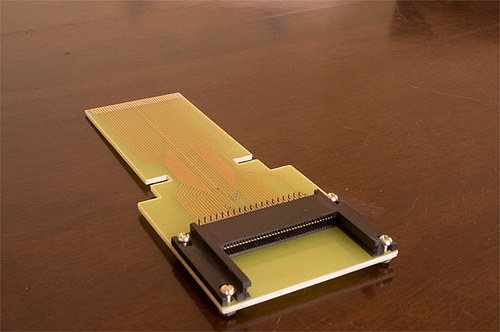
CD-ROM add-on
Similar to the Sega Genesis/Mega Drive, the PC-Engine got a CD-ROM add-on later in its lifetime. In fact, it was the first console to have this. The PC-Engine CD-ROM² System was released in December of 1988--three whole years prior to the Sega CD/Mega CD release in December of 1991. The add-on greatly increased the capabilities of the PC-Engine, adding more RAM and better sound quality to the system. The CD-ROM add-on required a system card that would allow the PC-Engine to access the CD drive. This card got updated over time and in 1991 the Super System Card (System Card v3.00) was released, expanding the RAM of the system to 256 K.
Later, the PC-Engine Duo and the TurboDuo were released, combining the CD-ROM add-on and the console into one device that included extra memory without having to use the Super System Card. CD games for the system were actually region-free, allowing you to play your Japanese games on the US console and vise versa.
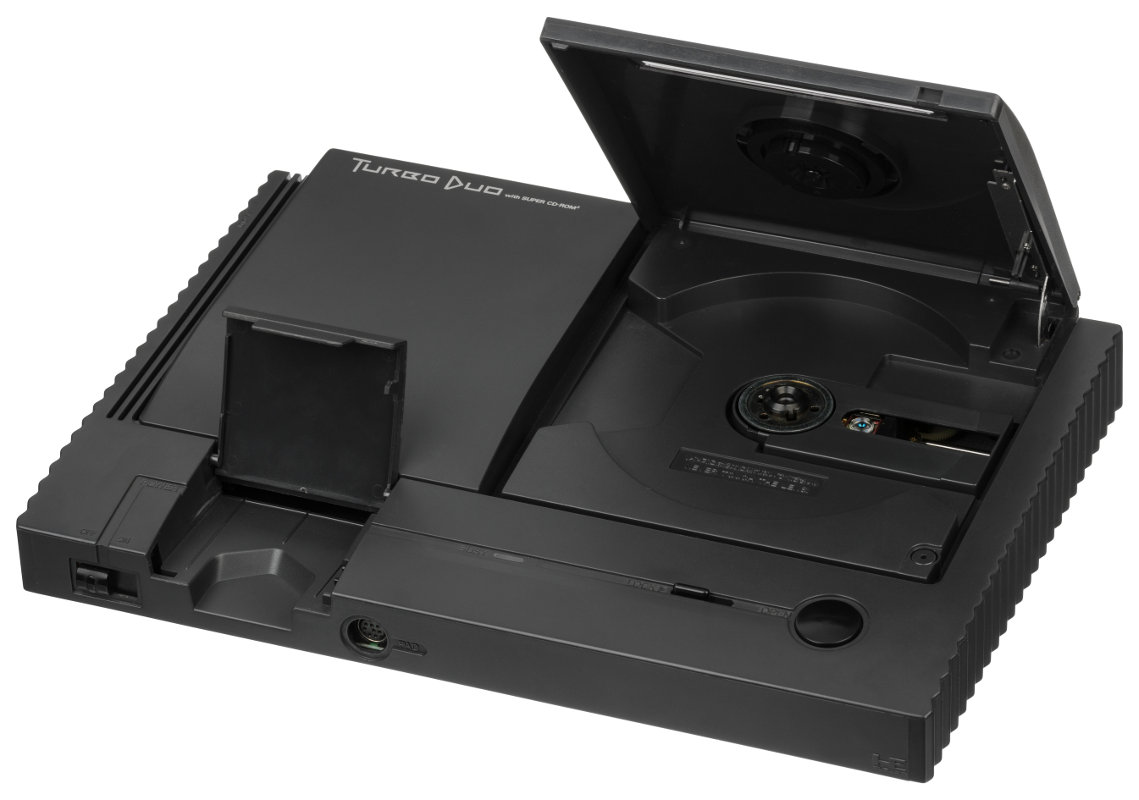
Other console versions
The PC-Engine had quite a view variants. For example, there was the PC-Engine Shuttle, a cheaper version fashioned like a spaceship, which was targeted toward younger children, but was unable to use the CD-ROM add-on.
Another version was the PC-Engine LT, a PC-Engine in a laptop format that included a monitor and speakers. The console itself acted as a controller, but it still required a power adapter to work. This made console good enough to take to a friend’s house, even if that particular friend did not have a TV in his room.

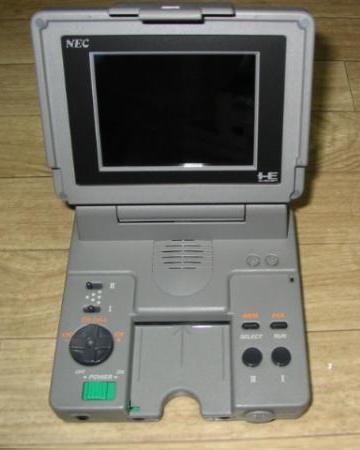
Out of the many versions, the PC-Engine GT, or TurboExpress in US, is probably the most interesting to talk about. It’s a mobile version of the PC-Engine/TurboGrafx-16 allowing you to play your HuCard games on the go, similar to the Sega Game Gear, but with the full power of the PC-Engine. It was quite advanced for its time, with backlit LCD, an add-on to watch TV, and even linking capability so you could to play with others (e.g. Bomberman ‘93), but it came at a heavy cost in batteries, with a lifetime of only about 3 hours for 6 AA batteries.
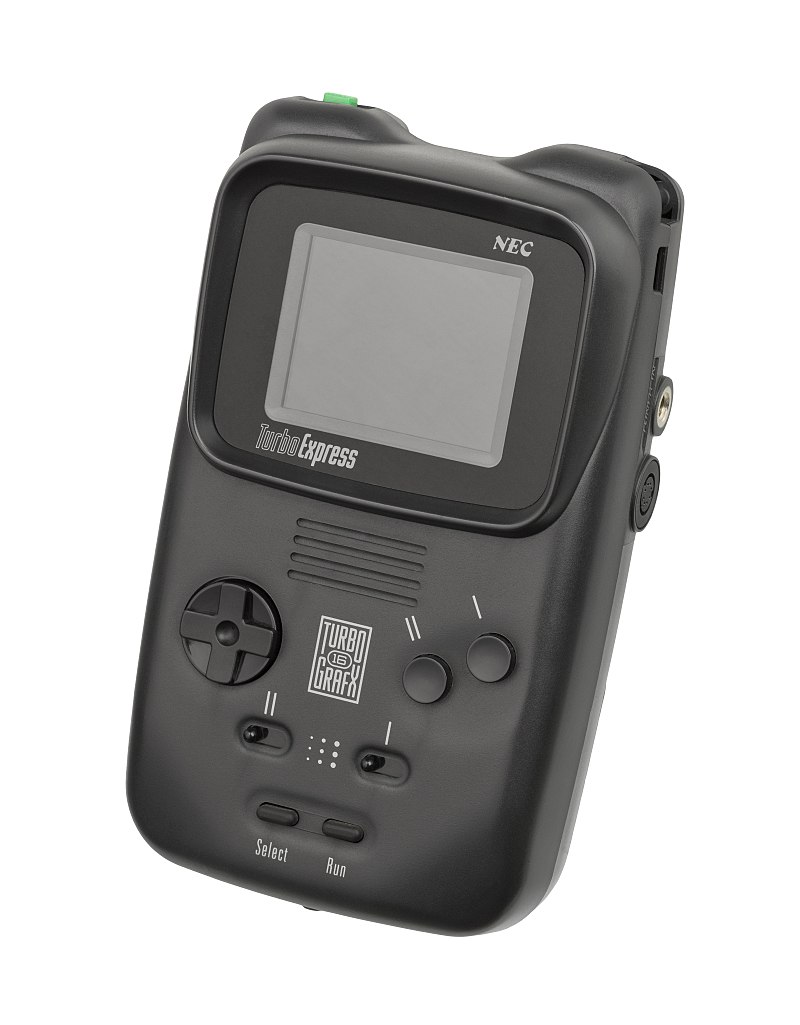
There is one more piece of hardware that should be mentioned when talking about the PC-Engine/TurboGrafx-16--the PC-Engine SuperGrafx. This was a failed product intended to improve the capabilities of the PC-Engine while at the same time support all the features of the PC-Engine. It was meant to increase graphics performance, sound capabilities, and RAM but was rushed to market and in the end proved to be only a mild improvement over the original PC-Engine. The system had four times the amount of working RAM (32K instead of 8K) and a separate GPU to improve graphics which allowed for two separate scrolling background layers.
Sadly, it was a complete failure as the HuCards for this console were very expensive (up to $110). In total only six games for the system were produced, with only one of them actually compatible with the PC-Engine as well.
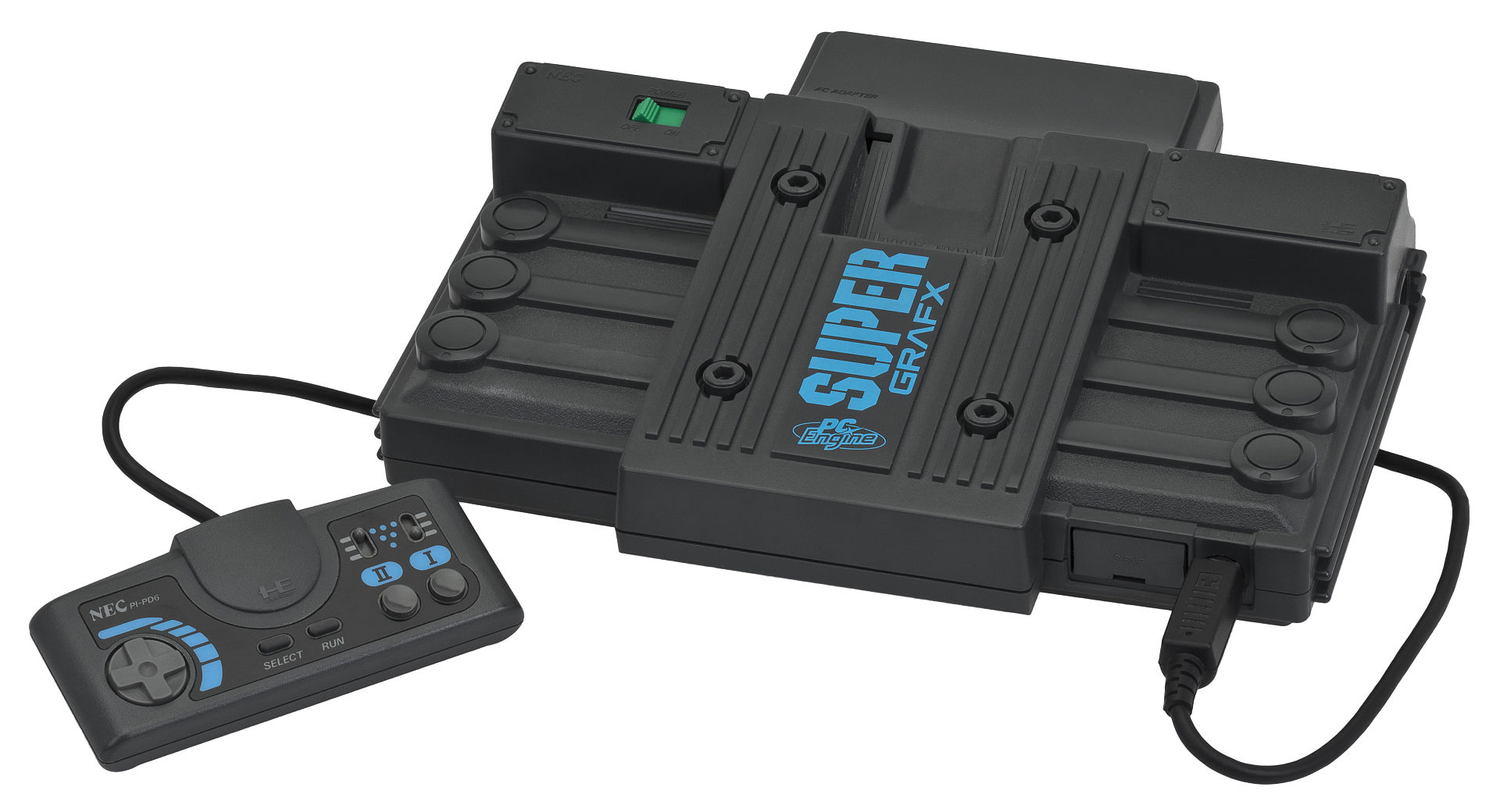
Games
When it comes to the success of a gaming platform, it’s all about the games. The PC-Engine library is reasonably large with about 650 available titles, but if you check the US releases, it’s not that impressive. A total of only 138 games were released for the US market, which is nothing compared to the number of releases for the SNES or even Sega Genesis.
It also lacks a number of large, well-known IPs for the system. Still, there are some rather unique games for the system both on CD and on HuCards. A few of the well-known series that came out included Castlevania Rondo Of Blood (Akumajou Dracula X-Chi no Rinne), R-Type, Splatterhouse, Street Fighter II, Bonks, Ys I-IV, Bomberman, Gradius, Galaga, Raiden, Outrun, Parodius, Cotton, Wonder Boy, and others.
There are also tons of good, but less well-known games that were released exclusively for the PC-Engine/TurboGrafx-16 such as Soldier Blade, Super Star Soldier, Blazing Lazers, Cadash, Alien Crush and others, which are worth having for the system. Being a mostly Japanese console, you’ll find a lot of games common for the Japanese market, including a huge library of well over a hundred shoot-‘em-up games for the system. If you’re a fan of these kind of games this is definitely a console for you.
Still, it has games from every genre to offer. At some point I may follow up on this article with a series about the PC-Engine games I like most, similar to the Sega Saturn series I started some time back.
PC-Engine on the ODROID
Similar to the SNES or Sega Genesis, the PC-Engine is not a problem for ARM boards, running perfectly fine on any ODROID. Even the few SuperGrafx games run without issue. If you like, you can even apply shaders to the system to give it a retro feel.
Thanks to the RetroArch project, with their libretro cores, these emulators support the .chd format, which is a compressed format for images. With that, you can compress CD images for the PC-Engine CD and save space without losing any performance or data. I highly recommend this option, as it helps to keep your collection organized and small.
Because the PC-Engine only used a two button controller, every controller should be compatible with the emulator for the system. The two extra buttons normally on controllers nowadays function as “turbo” buttons for the PC-Engine games. This is helpful for the many shooters that exist for the system.
Final thoughts
The PC-Engine is a great but underrated system, in my opinion. Seeing that it entered the market several years before the SNES and Genesis while offering similar capabilities, it’s even harder to understand its lack of popularity in the US (it was quite popular in Japan). The addition of the CD drive, years before any competitor did the same, was an impressive move and should have been even more of a reason to rely on this console for great titles and impressive hardware.
Still, I think they made some mistakes here and there. The original console only had one controller port, which needed an accessory to be expanded to five ports, which was a bad move in my opinion. The base console was not great if you were looking to play with friends, because you needed an add-on and more controllers. Try to explain that to your mom. This could have been one reason why it was not popular in the US.
Thanks to Nintendo’s policy back in the day scaring third party developers away from to developing for other platforms, there are only a few well known IPs for this system which was a barrier in the US market, as could be seen with the Genesis and other systems as well. Still, I came to like the PC-Engine a lot and I’ll probably play quite a few games for the system when I have the chance. I encourage everyone that likes SNES, Genesis, and other fourth generation consoles to try out the PC-Engine for yourself.

Be the first to comment